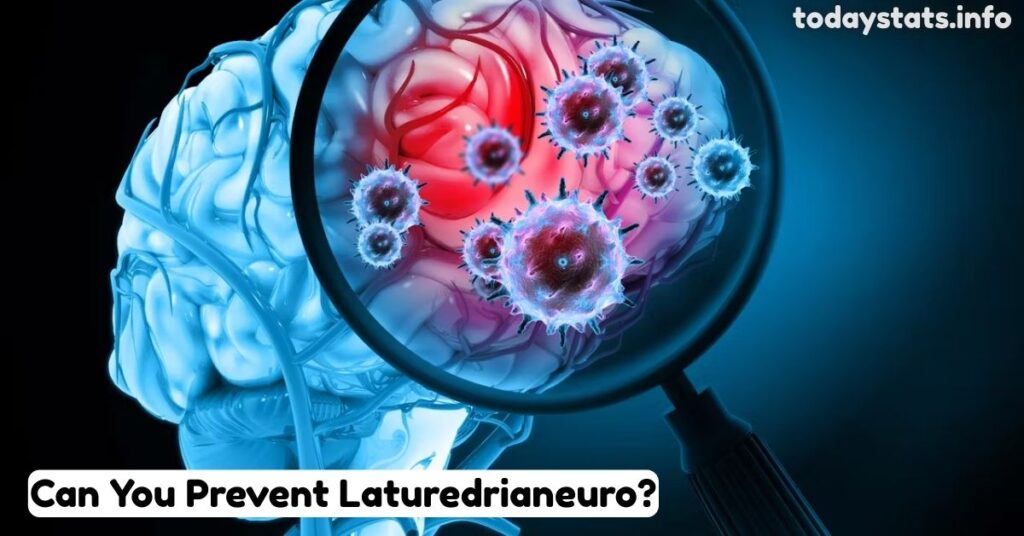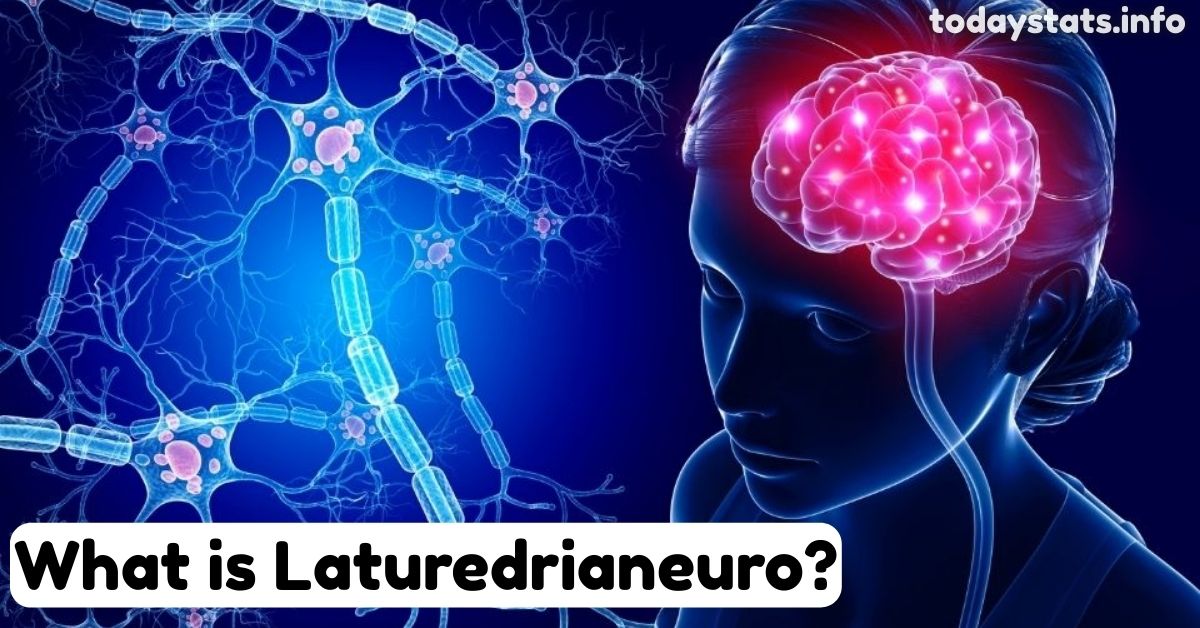Laturedrianeuro is a rare neurological disease that affects the brain and nervous system. It causes different symptoms in different people.
Some feel dizzy or confused. Others struggle with memory, movement, or speech. This brain condition often develops slowly. In many cases, it gets worse over time.
Doctors are still learning about this condition. It is not found in many medical books yet. Only a few studies mention it. Because it is so rare, not many people know how it starts or progresses.
Is Laturedrianeuro Contagious?
The term “contagious illness” means a disease can pass from one person to another. Think of colds or flu that spread through coughing or touching. Right now, there is no strong evidence that laturedrianeuro spreads this way.
Medical reports do not show that people catch it from others. It does not behave like a virus or bacterial infection. Disease transmission does not seem to occur through normal contact.
Experts say laturedrianeuro is not contagious in the traditional sense. You cannot get it from close contact, air, or water.
Can Laturedrianeuro Spread in Other Ways?

Even if it is not contagious, laturedrianeuro may still appear in families. Multiple people in one family might develop it. This can make people think it spreads, but the real reason may be different.
Genetic factors likely play a role in this nervous system disorder. Genes pass from parents to children. If a parent has certain genes, they may pass them to their child. This does not mean the disease spreads like a virus. It means family members may share risk factors.
Some researchers also study environmental triggers. They look at factors like where people live, what they eat, or chemicals they contact. These things might trigger symptoms. Again, this differs from person-to-person spread.
The exact cause remains unknown. More research will help us understand if genetics or environment plays a bigger role.
Expert Views on Laturedrianeuro Spread
Doctors and researchers who study rare diseases say more research is needed. They classify laturedrianeuro as a non-communicable disease. This means it does not spread between people like infectious diseases do. Neurologists, who are brain experts, recommend treating it as non-transmissible.
They compare it to conditions like diabetes or Parkinson’s disease. So far, medical reports show no cases where one person gave laturedrianeuro to another. No transmission through touch, air, or body fluids has been documented.
This supports the view that it is not infectious. Healthcare workers can care for patients without special precautions against catching it.
Symptoms and How They Appear Brain?

Understanding symptoms helps clarify how the disease works. Most people with laturedrianeuro develop symptoms gradually. These may include headaches that come and go. Balance loss might make walking difficult.
Memory problems often affect daily activities. Cognitive difficulties can make thinking clearly harder. Mobility issues may limit movement over time. Muscle weakness can affect different body parts.
These signs do not appear suddenly. They develop over months or years. This slow progression differs from fast-acting infections. Early symptoms might be mild and easy to miss.
They often grow more noticeable as time passes. Each person experiences a unique pattern of symptoms. Some may have mild issues while others face more severe problems.
READ THIS BLOG: The Dangers of Turkey Hair Transplants: What You Need to Know?
How Laturedrianeuro Is Diagnosed?
Doctors use several diagnosis methods to identify laturedrianeuro. Since it is rare, many doctors may not recognize it immediately. People with symptoms often see specialists. Neurologists conduct thorough examinations using MRI scans or CT scans to check brain structure.
They look for specific patterns of damage or changes. Blood tests help rule out other conditions. Doctors also review family history for similar cases. They check for symptoms that match the pattern of laturedrianeuro.
This process helps eliminate other possibilities like multiple sclerosis or Alzheimer’s disease. Only after excluding other causes do doctors suggest laturedrianeuro as a diagnosis.
The diagnosis journey can be frustrating. It often requires multiple visits and tests. Patients may see several specialists before getting answers. This is common with rare conditions that few doctors encounter regularly.
Treatment and Care
There is no known cure for laturedrianeuro yet. However, symptom management can help patients live better lives. Treatment options focus on easing specific problems. Medicines may help with pain, muscle stiffness, or memory issues.
Therapy sessions can improve movement and thinking abilities. Physical therapy helps maintain strength and balance. Occupational therapy teaches ways to manage daily tasks.
Good care makes a big difference in quality of life. Since laturedrianeuro is not infectious, family and caregivers need not worry about catching it. Support from loved ones plays a crucial role in coping.
Regular doctor visits help adjust treatments as needs change. Managing stress and maintaining overall health benefits patients too.
Can You Prevent Laturedrianeuro?

Since the exact cause remains unknown, specific prevention strategies are limited. However, general brain health habits may help. Eating nutritious foods provides necessary nutrients. Regular exercise improves blood flow to the brain.
Avoiding harmful chemicals reduces potential risks. Getting enough sleep allows brain recovery. Seeing a doctor promptly when noticing changes can lead to earlier intervention.
Families with a history of brain diseases may benefit from genetic counseling. This helps them understand their risks and options.
Though we cannot prevent genetic factors, knowing about them helps with planning. Early awareness may lead to better management if symptoms develop.
Research and Studies
Few medical research papers cover laturedrianeuro. It falls under the category of rare diseases that receive less attention. Most information comes from case reports of individual patients.
Scientists are working to learn more about several aspects. They study how the disease begins and progresses. They investigate possible genetic links. They explore environmental factors that might trigger symptoms.
Research funding for rare conditions is often limited. This slows progress in understanding laturedrianeuro. However, interest is growing as more cases are identified. New technologies may help researchers make breakthroughs.
Patient registries are helping collect more data. These efforts may eventually lead to better treatments or even a cure.
READ THIS BLOG: How To Sleep While Taking Phentermine: Full Guide
Trustworthy Sources
When learning about rare diseases like laturedrianeuro, quality information matters. Reliable sources include medical universities with neurology departments. Government health websites provide vetted information.
Peer-reviewed medical journals publish verified research. Licensed neurologists offer expert guidance based on experience. Beware of websites making big promises or selling unproven treatments.
Check if information comes from medical professionals. Look for citations of scientific studies. Be skeptical of claims about miracle cures. Always consult healthcare providers before trying any treatment.
Frequently Asked Questions
How common is laturedrianeuro?
Laturedrianeuro is extremely rare. Current estimates suggest fewer than 1 in 100,000 people develop this condition.
Is laturedrianeuro the same as multiple sclerosis?
No, though they share some symptoms, they are different neurological conditions with different causes and treatments.
At what age does laturedrianeuro typically appear?
Most cases begin between ages 30 and 60, though some cases have been reported in younger or older individuals.
Can children develop laturedrianeuro?
Pediatric cases are extremely rare but have been documented. Symptoms may differ from adult cases.
How long can someone live with laturedrianeuro?
Life expectancy varies greatly depending on symptom severity and response to treatment. Many patients live for decades after diagnosis.
Conclusion
Laturedrianeuro remains a mysterious neurological disease that researchers are still working to understand. It affects the brain and nervous system in complex ways. Though it appears in families, evidence suggests it is not contagious through normal contact.
The symptoms develop gradually and vary between individuals. Diagnosis requires careful testing to rule out similar conditions. While no cure exists, treatments can help manage symptoms and improve quality of life.
Those affected by laturedrianeuro benefit from support networks and regular medical care. Future research holds promise for better understanding and treatment. As awareness grows, more resources may become available for patients and families.
Anyone concerned about symptoms should consult healthcare providers for proper evaluation. With continued scientific attention, our knowledge of this rare condition will continue to expand.

Smith is a seasoned SEO expert with a passion for content writing, keyword research, and web development. He combines technical expertise with creative strategies to deliver exceptional digital solutions.
















